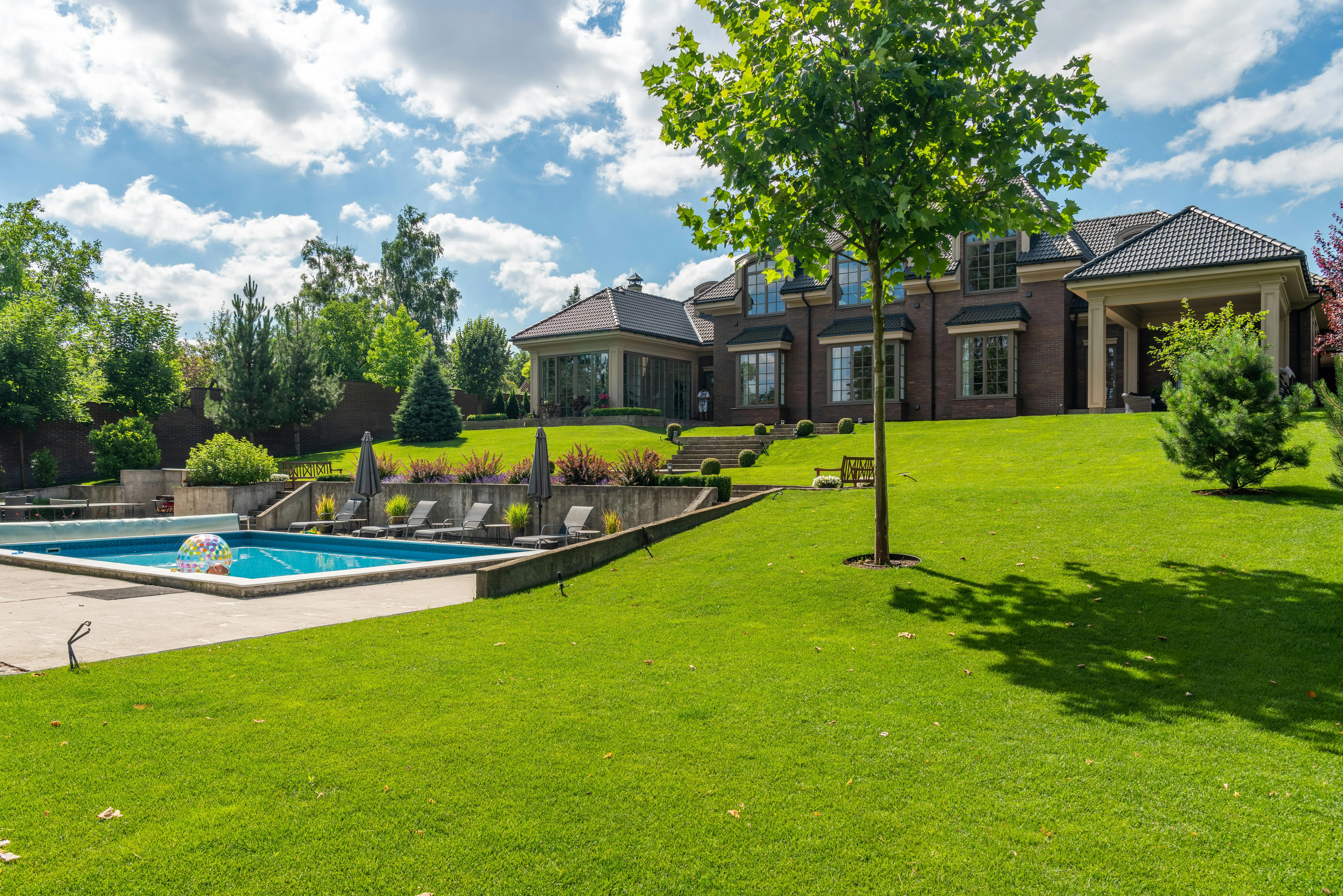Construction-to-Perm Loan: The Complete Guide for 2025

Construction-to-Perm Loan: The Complete Guide for 2025
If you’re building a home from the ground up, you’ll need a loan that covers more than just a mortgage. That’s where a construction-to-perm loan comes in — it finances both the construction phase and the permanent mortgage in one seamless package.
In this guide, we’ll explain exactly what a construction-to-perm loan is, how it works, who it’s best for, and how to qualify. By the end, you’ll know whether this financing option is the right choice for your new home build.
What Is a Construction-to-Perm Loan?
A construction-to-perm loan (also called a single-close construction loan or all-in-one loan) is a type of financing that combines:
- Construction financing – Funds released in stages to pay for building costs.
- Permanent mortgage – Converts to a standard home loan once construction is complete.
Instead of applying for two separate loans (one for construction and another for your mortgage), you have one application, one approval process, and one closing.
How a Construction-to-Perm Loan Works
Here’s the typical process:
- Application and Approval
- You apply for the loan just like a mortgage.
- You’ll need building plans, a construction budget, and details about your contractor.
- Construction Phase
- Funds are disbursed in draws as different construction milestones are completed.
- During this phase, you typically make interest-only payments on the amount drawn.
- Conversion to Permanent Loan
- Once construction is finished and a final inspection is complete, the loan automatically converts into a regular mortgage — either fixed-rate or adjustable-rate.
Benefits of a Construction-to-Perm Loan
- One Closing
You only pay closing costs once, which can save thousands compared to doing separate construction and mortgage loans. - Locked Interest Rate
Many lenders allow you to lock in your mortgage rate at the start of construction, protecting you from potential rate increases. - Simplified Process
Only one set of paperwork, one underwriting process, and one approval timeline. - Predictable Transition
No need to reapply for a mortgage after construction — the conversion happens automatically.
Construction-to-Perm Loan vs. Two-Loan Approach
| Feature | Construction-to-Perm Loan | Separate Construction & Mortgage Loans |
|---|---|---|
| Number of Closings | One | Two |
| Closing Costs | Paid once | Paid twice |
| Rate Lock | Often at start of construction | When mortgage begins |
| Convenience | High | Lower |
| Flexibility in Mortgage Selection | Less (locked early) | More (can shop at build completion) |
When a Construction-to-Perm Loan Makes Sense
- You want a smooth, streamlined process from build to move-in.
- You’re confident in your builder and construction timeline.
- You want to lock in a mortgage rate before construction starts.
- You want to minimize costs by avoiding two sets of closing fees.
Requirements for a Construction-to-Perm Loan
Exact requirements vary by lender, but you’ll typically need:
- Strong Credit
Many lenders prefer scores of 680+; some require 700+. - Sufficient Down Payment
Often 10%–20% depending on loan size and program. - Detailed Plans and Budget
- Architectural blueprints
- Cost estimates
- Timeline for completion
- Licensed Builder
Lenders require you to work with a licensed, insured contractor with a good track record. - Loan-to-Cost (LTC) Ratio
Many lenders finance up to 70%–80% of the total project cost.
How Payments Work
During Construction:
- Interest-only payments based on funds drawn so far.
- Example: If you’ve drawn $100,000 of a $500,000 loan, you pay interest on $100,000 only.
After Construction:
- Loan converts into a permanent mortgage.
- Payments include principal and interest, plus taxes and insurance.
Step-by-Step Process for a Construction-to-Perm Loan
- Prequalification
- Determine budget and eligibility.
- Choose a builder and get initial plans.
- Loan Application
- Submit financial documents, builder contract, and construction plans.
- Approval
- Lender reviews credit, income, builder credentials, and project feasibility.
- Closing
- Sign loan documents and pay one-time closing costs.
- Construction Phase
- Builder completes work in stages.
- Lender inspects and releases funds in draws.
- Conversion
- Upon final inspection, loan automatically transitions into a permanent mortgage.
Tips to Get Approved for a Construction-to-Perm Loan
- Work With an Experienced Builder – Lenders prefer contractors with proven track records.
- Be Detailed in Your Plans – Include itemized budgets and timelines.
- Maintain Strong Credit – Pay down debts and avoid new credit before applying.
- Budget for Contingencies – Have extra funds for unexpected costs.
- Understand the Draw Schedule – Know when and how funds will be released to the builder.
Frequently Asked Questions
Advantages and Considerations
Advantages:
- Lower overall closing costs
- Less paperwork and hassle
- Early rate lock
- Automatic mortgage conversion
Considerations:
- Less flexibility in choosing your final mortgage terms
- If delays occur, you may need an extension on the construction phase
- Builder must meet lender’s qualifications
Final Thoughts
A construction-to-perm loan is one of the most efficient ways to finance building a new home. With one closing, one set of costs, and a smooth transition from construction to a permanent mortgage, it offers both convenience and cost savings.
If you’re ready to build, start by:
- Choosing a qualified builder
- Gathering detailed plans and budgets
- Comparing lenders that specialize in construction-to-perm financing
With the right preparation, your dream home can move from blueprint to move-in without the stress of juggling multiple loans.